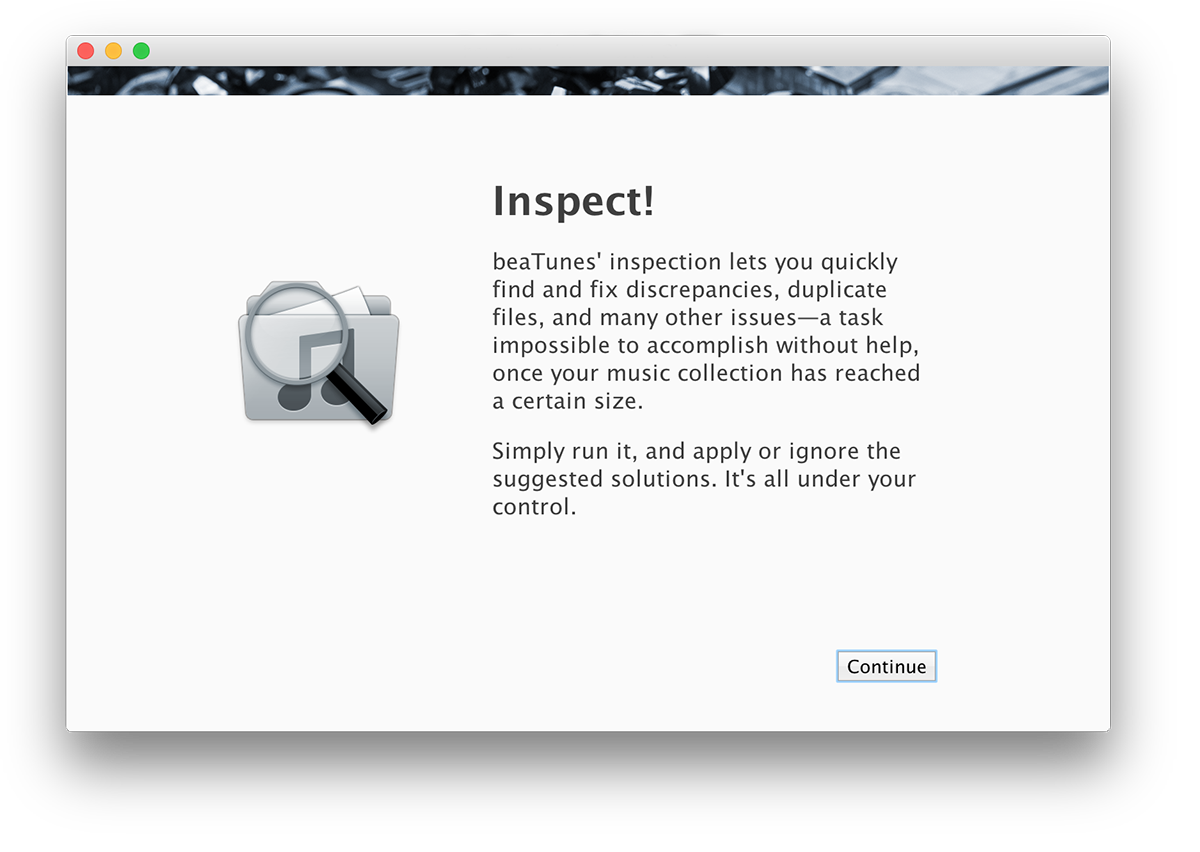

- #Beatunes tagging how to#
- #Beatunes tagging code#
- #Beatunes tagging free#
- #Beatunes tagging windows#
In general, beaTunes stores as much as the iTunes API allows in iTunes/id3 tags. The integer part of the BPM is stored in iTunes (e.g. Hi there - currently beaTunes stores colors, tags, keys, lyrics language and the 'exact' BPM (e.g. Which pieces of information does beaTunes put into the file tags themselves, and which pieces of information are stored in the beaTunes database only? Before I go adding lots of tags ( style tags, specifically, not just id3), I'd like to know so I can make appropriate adjustments to how I work with my music. One of my remaining questions pertains to this aspect of beaTunes data. I'm trying out beaTunes right now and am *thisclose* to buying a license. My iTunes library has been corrupted before, and one of my solutions has been to put some of the data that iTunes keeps in the library file into the comments tag of the mp3 file itself. BTW, this is also a handy way to exchange metadata with friends. Should you need to import them, use the File -> Import menu item. Then save the metadata file somewhere safe. Just select your library and click on the File -> Export menu item Once you have the PUIDs for all your songs, export the beaTunes metadata. Just check the options indicated above and beaTunes will look up music fingerprints (aka PUID) for the songs you want to analyze. You are presented with the analysis option above, everytime you analyze a song. This can be achieved with the MusicIP analysis.
#Beatunes tagging how to#
So how to back up beaTunes data then? Currently the best approach is to look up as many PUIDs for your songs as possible. Should you have to rebuild your iTunes music collection, these persistent ids will be re-generated, thus the connection with your beaTunes data is lost. Here's why: beaTunes connects additional information to iTunes using iTunes generated persistent ids. Unfortunately this does not work, when your iTunes music library was corrupted.
#Beatunes tagging windows#
On OS X it is located at ~/Library/Application Support/beaTunes, on Windows it's at C:\Documents and Settings\\.beaTunes. If you just want to protect your beaTunes data, assuming that the iTunes library stays intact, it is enough to back up the beaTunes data directory. You must contact the CAL lab to get the tag annotations.Every now and then, users of beaTunes ask us, how they can back up their data. Some tracks are missing song and artist information. We only converted the 9,877 songs with known EN track IDs out of the 10,271 songs in the dataset. See the project page, Echo Nest tracks based on a list created by UCSD team. You must contact the CAL lab to get the tag annotations. NOTE: a few hundred files have wrong or missing metadata, as the song is unknown or not recognized by The Echo Nest. We used the original, high-quality audio to get The Echo Nest analysis. USPOPĨ,752 tracks from 400 artists, the whole dataset is described here and was first use in this paper.

See isophonics to get started, or if you are unsure which 'Beatles dataset' we are talking about. We are 95% confident that we analyzed the actual audio used for the annotations by Queen Mary University London, therefore the timing should be right. This is not the ground truth, but the analysis from The Echo Nest of the sound files.
#Beatunes tagging code#
Note that the code does not handle errors (timeouts, etc).
#Beatunes tagging free#
It requires you to have a free The Echo Nest API key, you might be limited in requests but if you run one thread you should be fine. The only safe information is the analysis (audio features).Ĭan you add your dataset to this list? Sure! Simply run this script on all your audio and send me the result. It all depends on whether The Echo Nest API recognized the song. The songs are not already in the Million Songs Dataset.There are many things we don't guarantee, including: All files have been uploaded to the Echo Nest API. The goal is to be able to train on the whole dataset, and then easily compare the results with previous publications. If you're looking for genre labels from the All Music Guide: Top MAGD datasetīelow we provide other well-known MIR datasets in HDF5 format. If you're looking for genre labels from last.fm and beatunes: tagtraum genre annotations If you're looking for more user listening data: thisismyjam-to-MSD mapping If you're looking for user listening data: Taste Profile subset If you're looking for song-level tags and similarity: Last.fm dataset. If you're looking for lyrics: musiXmatch dataset. If you're looking for cover songs: SecondHandSongs dataset.


 0 kommentar(er)
0 kommentar(er)
